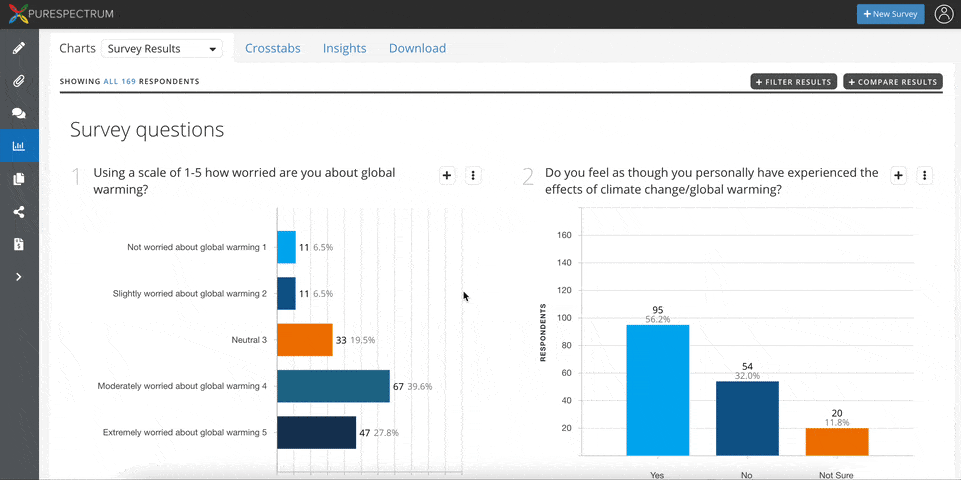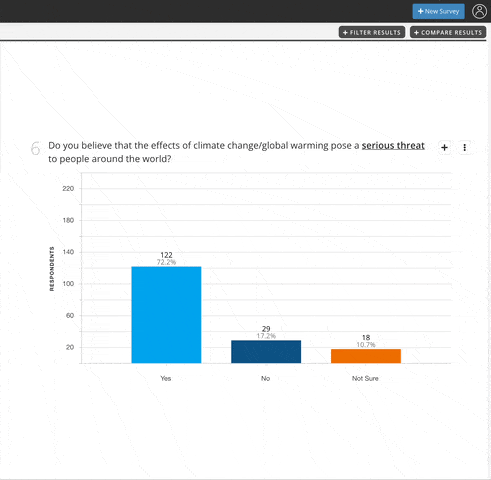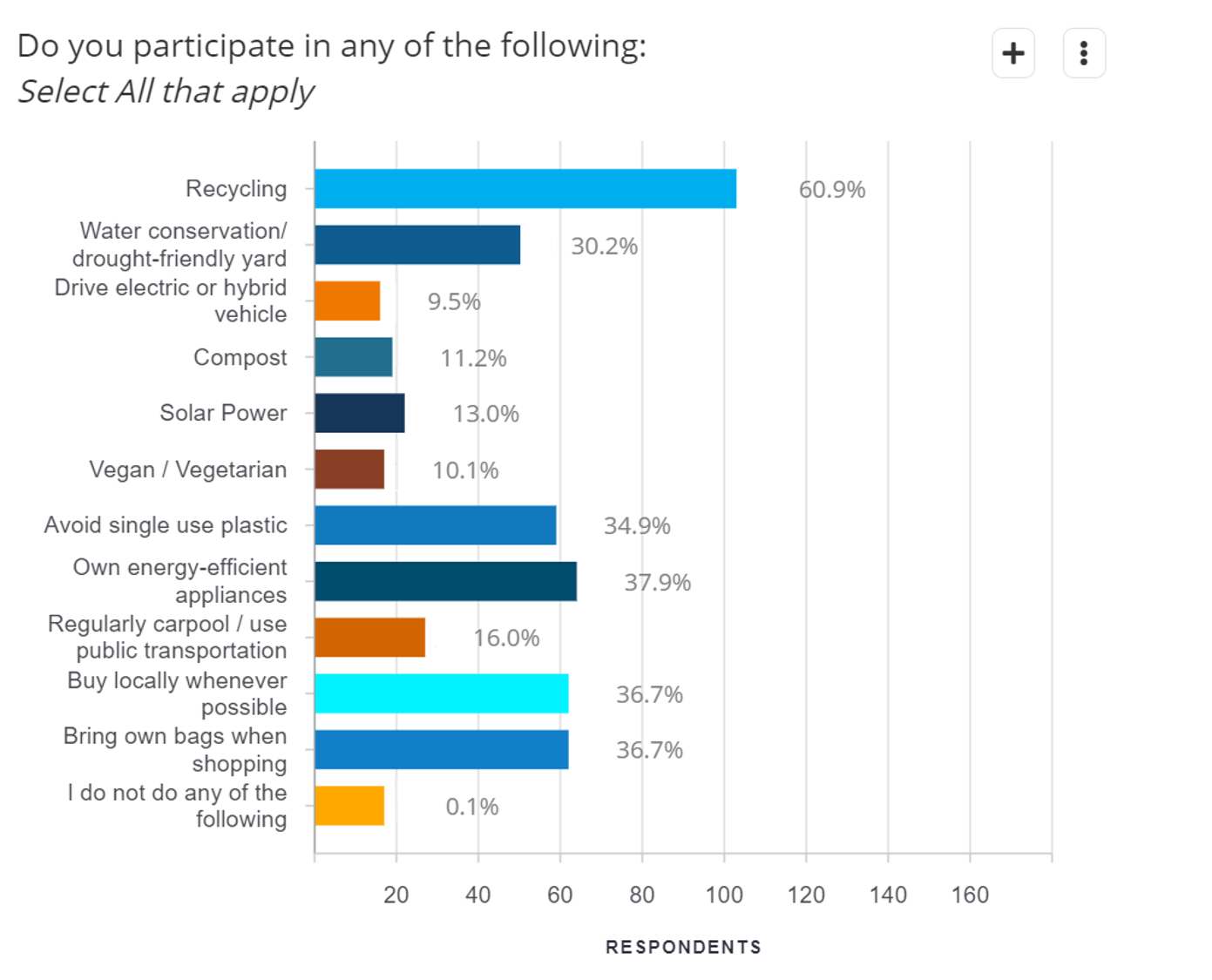
Today’s news reports are full of extreme weather conditions all around the world. Record heat, deadly storms, and devastating wildfires seem to be almost daily headlines. But do people believe these climate changes are synonymous with global warming? And if so, what can we do to try to reverse this warming trend? Using the PureSpectrum Insights Platform, we polled Americans to get their opinions on global warming.
Fears Around Global Warming
Overall 68% of our respondents are at least “moderately” concerned about global warming. Using the cross tab feature, we further broke down these responses by political parties. Self-identified Democrats (44%) and Green Party (50%) voters were much more likely to be “extremely” worried about global warming than those in other parties. However, 20% of Republicans also identified as being “extremely” concerned

Source: PureSpectrum Insights Platform
When asked if they personally had experienced the effects of climate change / global warming, 56% of respondents said yes, 32% said no and 12% were unsure. Regionally, 10% more respondents in the midwest feel they have been affected by climate change than those in the other parts of the US.
Although not everyone feels personally affected, 72% of respondents feel that the effects of global warming/climate change pose a serious threat to people around the world. Though climate change is an often politicized topic in America, a majority of Democrats, Independents, and Republicans that we polled all support the belief that global warming is a serious threat.

Source: PureSpectrum Insights Platform
Conservation Efforts Consumers Are Willing to Make
75% of Americans at least moderately agree with the idea that human activities play a major role in climate change/global warming. But only 58% agree with the idea that human activities can reverse climate change/global warming. However, when asked if they participate in eco-friendly activities, only 10% of respondents claim not to do anything. This shows that most Americans are participating in some sort of conservation effort.

Source: PureSpectrum Insights Platform
Recycling, our survey’s most popular conservation effort, is usually free or a community incentivized activity. But are people willing to pay more to help the environment? The answer seems to depend on the amount. When asked if they would be willing to pay 25% more for an eco-friendly/sustainable product, only 31% of respondents said no. But when asked if they’d be willing to pay 50% more, that number rose to almost 50%.
Staying Informed And Looking Ahead
There are many ways that consumers are keeping up to date with climate change. Of the respondents we polled, the most popular place to get information is social media followed by news broadcasts, YouTube, and news websites. Only 11% report not seeking out any type of information on global warming. If offered, 62% of respondents would prefer to get this environmental information from a dedicated website or news source.
It seems that most Americans are now at least moderately worried about global warming. 65% believe that the government should do more to regulate climate change. But the population remains mixed on what can be done on an individual level and how effective it will be. Americans are looking for effective and clear guidance on how to help the environment and a majority claim they are willing to make efforts to help the cause.
Want to learn more about running your own survey? See how easy it is on our Insights Platform.
Interested in getting further details about this data set? Email us at marketing@purespectrum.com
Methodology
PureSpectrum interviewed 167 online respondents on September 10, 2021, using the PureSpectrum Insights Platform. The platform is integrated with the PureSpectrum Marketplace which combines proprietary measurement tools and third-party data validation to quickly collect high-quality insights. The study fielded in less than 30 minutes and targeted respondents within the United States and consisted of a general population audience of 18+ years old. This study uses a 95% confidence level to examine the data.
